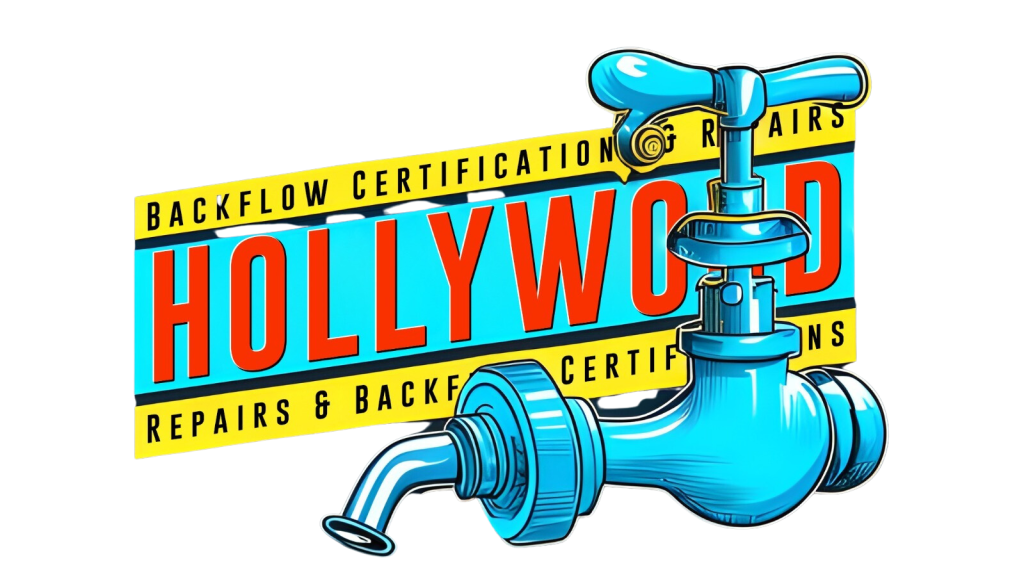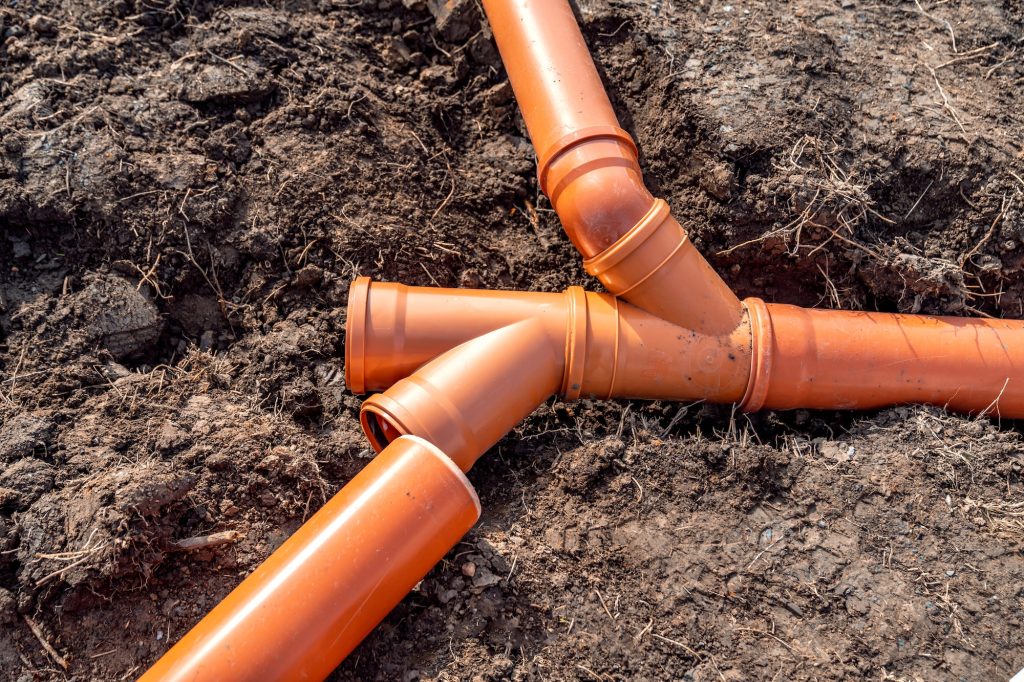As more and more people become aware of the importance of protecting our environment, it’s essential to take steps to prevent pollution and preserve our natural resources. One of the most critical issues that we face is the contamination of our water sources. Backflow prevention is a vital measure that can help to prevent this contamination and ensure that we have safe and clean water to drink. In this article, we’ll explore the environmental impact of backflow prevention and how it can benefit our planet.
What is Backflow Prevention?
Backflow prevention is the process of preventing the reverse flow of water or other substances from entering our drinking water supply. Backflow occurs when there is a drop in water pressure, which can cause contaminated water to flow back into the water supply. This can happen when there is a break in a water main or when a plumbing system is not installed correctly.
There are several ways to prevent backflow, including the use of backflow prevention devices such as backflow preventers and check valves. These devices are designed to ensure that water flows in only one direction, preventing the reverse flow of contaminated water into our drinking water supply.
The Environmental Impact of Backflow Prevention
Backflow prevention is crucial to protecting the environment, as contaminated water can have significant impacts on our ecosystem. Here are some of the ways that backflow prevention can benefit our planet:
- Protecting Our Water Sources: Backflow prevention helps to ensure that our water sources remain clean and free from contaminants. By preventing the reverse flow of contaminated water, we can help to safeguard our lakes, rivers, and other bodies of water from pollution.
- Preventing Harmful Chemicals from Entering the Water Supply: Backflow can allow harmful chemicals to enter our drinking water supply, which can pose a risk to our health and the environment. By using backflow prevention devices, we can prevent these chemicals from entering our water supply and causing harm.
- Reducing the Risk of Waterborne Illness: Contaminated water can lead to the spread of waterborne illnesses such as cholera, typhoid, and dysentery. By preventing backflow, we can reduce the risk of these illnesses and protect public health.
- Conserving Water Resources: Backflow prevention can also help to conserve our water resources by reducing the amount of water that is wasted due to contamination. By preventing backflow, we can ensure that we are using our water resources efficiently and effectively.
How Can Backflow Prevention be Implemented?
Implementing backflow prevention is a straightforward process that can be done by homeowners, businesses, and municipalities. Here are some steps that can be taken to prevent backflow:
- Install Backflow Prevention Devices: Backflow prevention devices such as backflow preventers and check valves can be installed in plumbing systems to prevent the reverse flow of water.
- Conduct Regular Maintenance: Backflow prevention devices should be inspected regularly to ensure that they are functioning correctly. This can help to prevent malfunctions and ensure that the devices are working as intended.
- Educate the Public: Educating the public on the importance of backflow prevention and the steps that can be taken to prevent it can help to raise awareness and encourage action.
FAQs
- What is the difference between backflow and cross-connection? Backflow is the reverse flow of water or other substances into the drinking water supply, while a cross-connection is a connection between a potable water source and a non-potable water source.
- Can backflow be prevented without the use of backflow prevention devices?
- Backflow prevention devices are the most effective way to prevent backflow. While there are other measures that can be taken, such as regularly inspecting plumbing systems, backflow prevention devices are the most reliable method.
- Who is responsible for backflow prevention?
- The responsibility for backflow prevention depends on the location and the type of property. In most cases, property owners are responsible for ensuring that backflow prevention devices are installed and maintained correctly.
- Can backflow prevention devices fail?
- While backflow prevention devices are designed to prevent backflow, they can fail if they are not installed correctly or if they are not maintained properly. Regular inspections and maintenance can help to ensure that backflow prevention devices are working correctly.
Conclusion
The Environmental Impact of Backflow Prevention is significant, and it’s essential that we take action to protect our water sources and preserve our natural resources. Backflow prevention is a simple yet effective measure that can help to prevent the reverse flow of contaminated water into our drinking water supply. By installing backflow prevention devices, conducting regular maintenance, and educating the public, we can take steps to prevent backflow and ensure that we have safe and clean water for generations to come.
In conclusion, it’s crucial that we understand the importance of backflow prevention and take action to implement it. With the right measures in place, we can protect our water sources, prevent the spread of waterborne illnesses, and conserve our water resources. Let’s work together to protect our planet and ensure a healthy and sustainable future for all.

